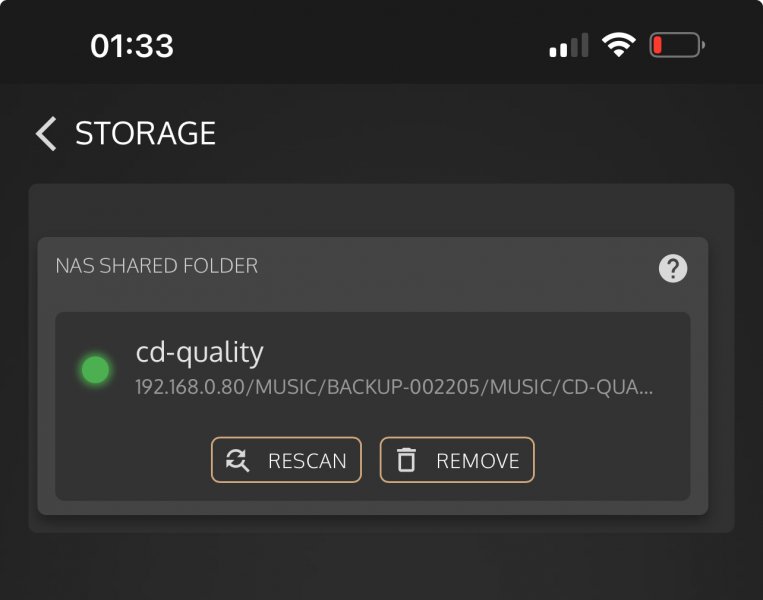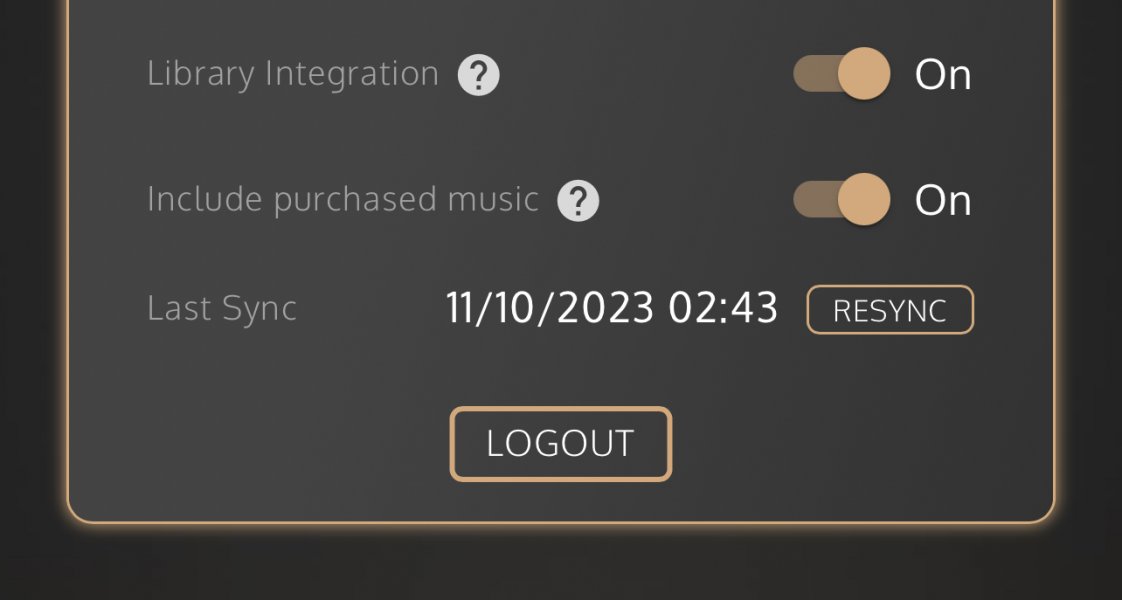There seems to be quite a bit of confusion about Innuos products.
Until the current range, for 10 years or more they were really in the server business. They were basically intended to host a music library, could act as a Roon core and Roon transport, and could also host a few other things like iPeng. They also had a ripper, which they told me they only left in because it was cheaper to do so than re-engineer the case and some of the electronics given the CD drive unit is so cheap. Except for the Mini, the input was limited to ethernet and the output to ethernet and USB.
So about two years ago they brought out their own Sense transport software, which was a runaway, popular success. It has also got a lot better very quickly. So much so that lots of people, me included, prefer to stick to their products because the transport software is such a pleasure to use.
Like Linn before them, who have been very successful in streaming since they launched the DS range in 2009 (which I bought in 2010), they really want you to do things their way. They give you more choice with Pulse, But Pulsar is ethernet in and USB or upnp out. The data storage options are a network attached drive in standard mode, or as an endpoint to one of their servers, Roon or HQplayer.
So if you want to use any other software or wireless, it’s probably not the product for you.
Until the current range, for 10 years or more they were really in the server business. They were basically intended to host a music library, could act as a Roon core and Roon transport, and could also host a few other things like iPeng. They also had a ripper, which they told me they only left in because it was cheaper to do so than re-engineer the case and some of the electronics given the CD drive unit is so cheap. Except for the Mini, the input was limited to ethernet and the output to ethernet and USB.
So about two years ago they brought out their own Sense transport software, which was a runaway, popular success. It has also got a lot better very quickly. So much so that lots of people, me included, prefer to stick to their products because the transport software is such a pleasure to use.
Like Linn before them, who have been very successful in streaming since they launched the DS range in 2009 (which I bought in 2010), they really want you to do things their way. They give you more choice with Pulse, But Pulsar is ethernet in and USB or upnp out. The data storage options are a network attached drive in standard mode, or as an endpoint to one of their servers, Roon or HQplayer.
So if you want to use any other software or wireless, it’s probably not the product for you.















